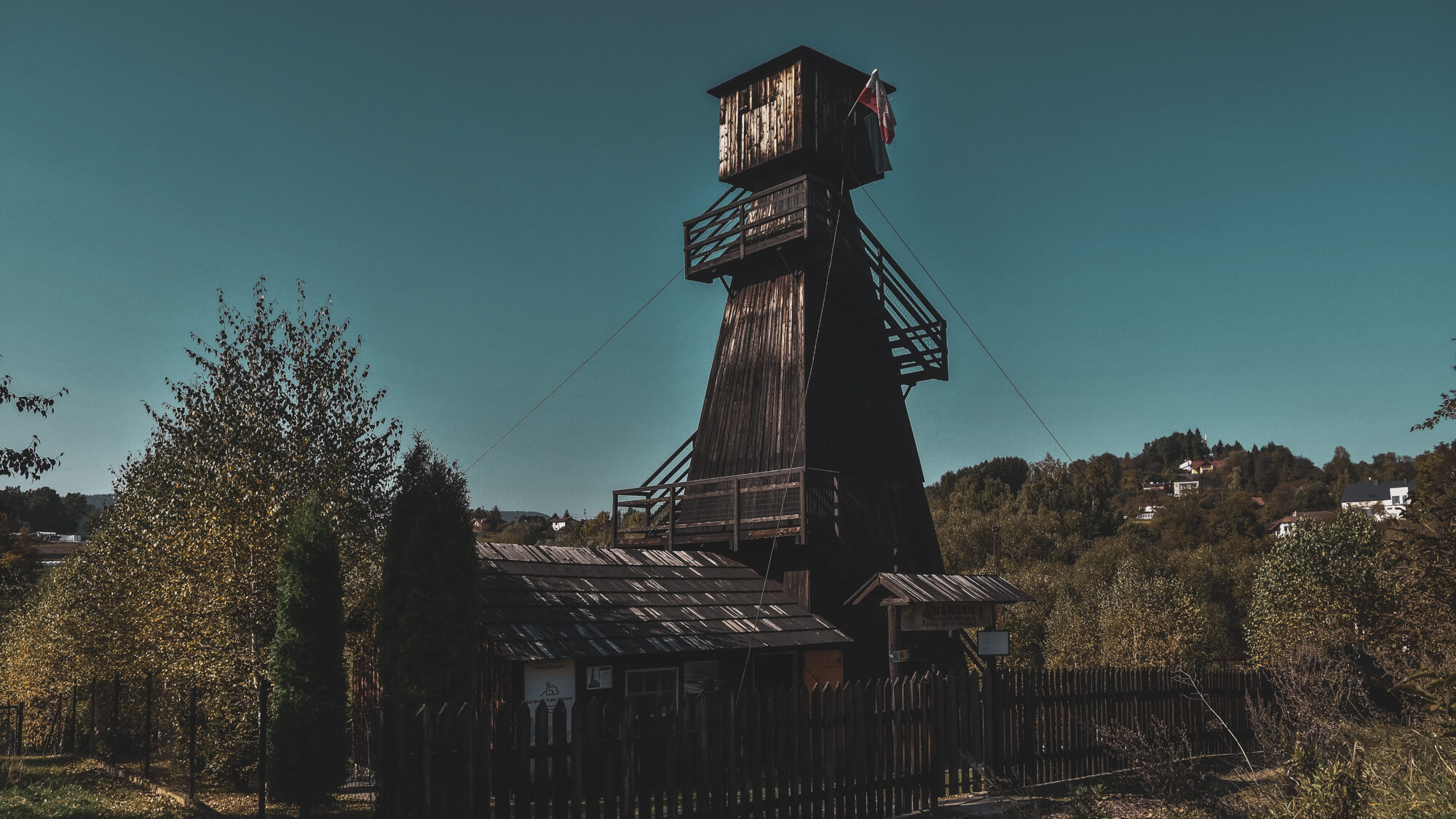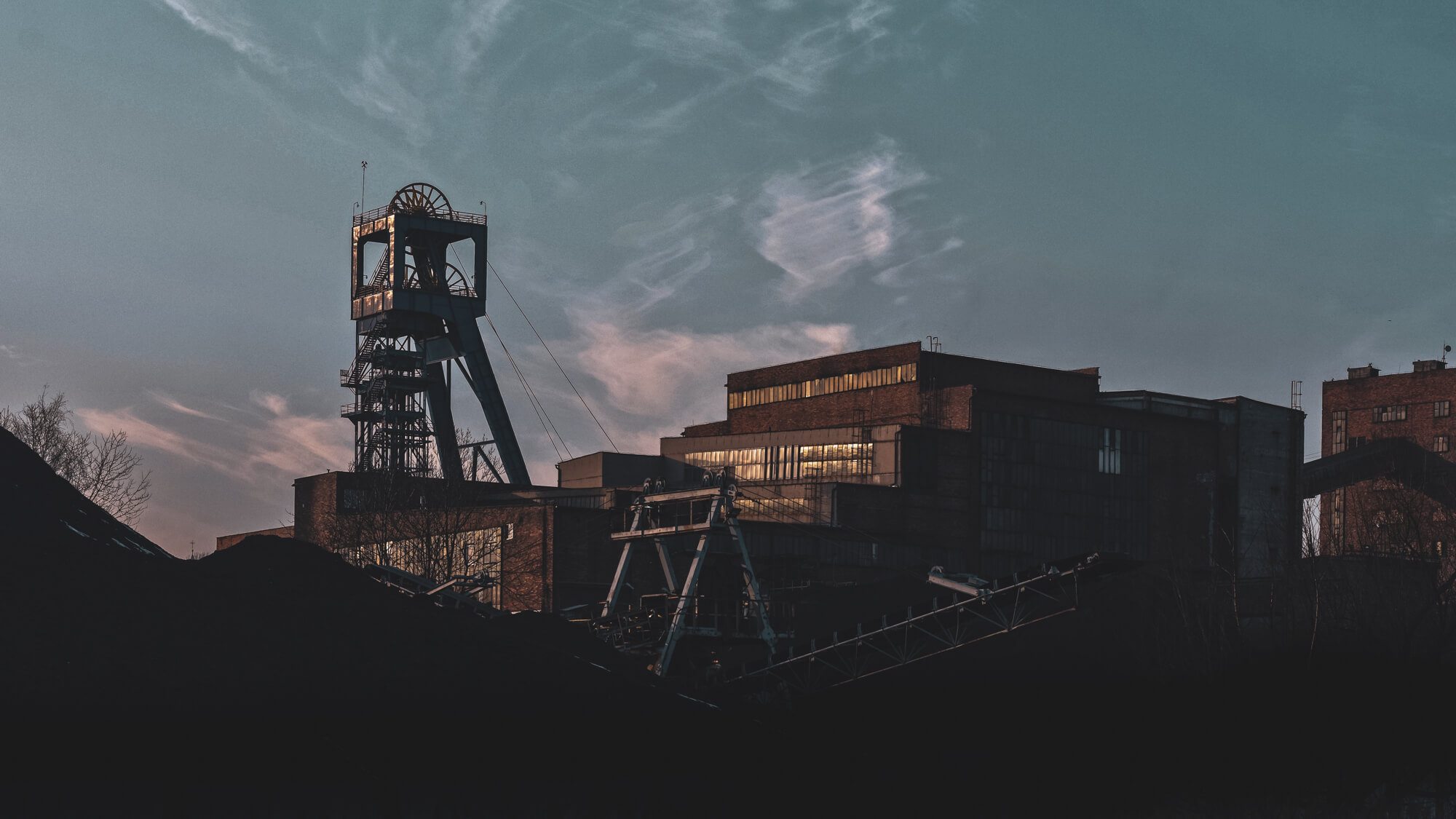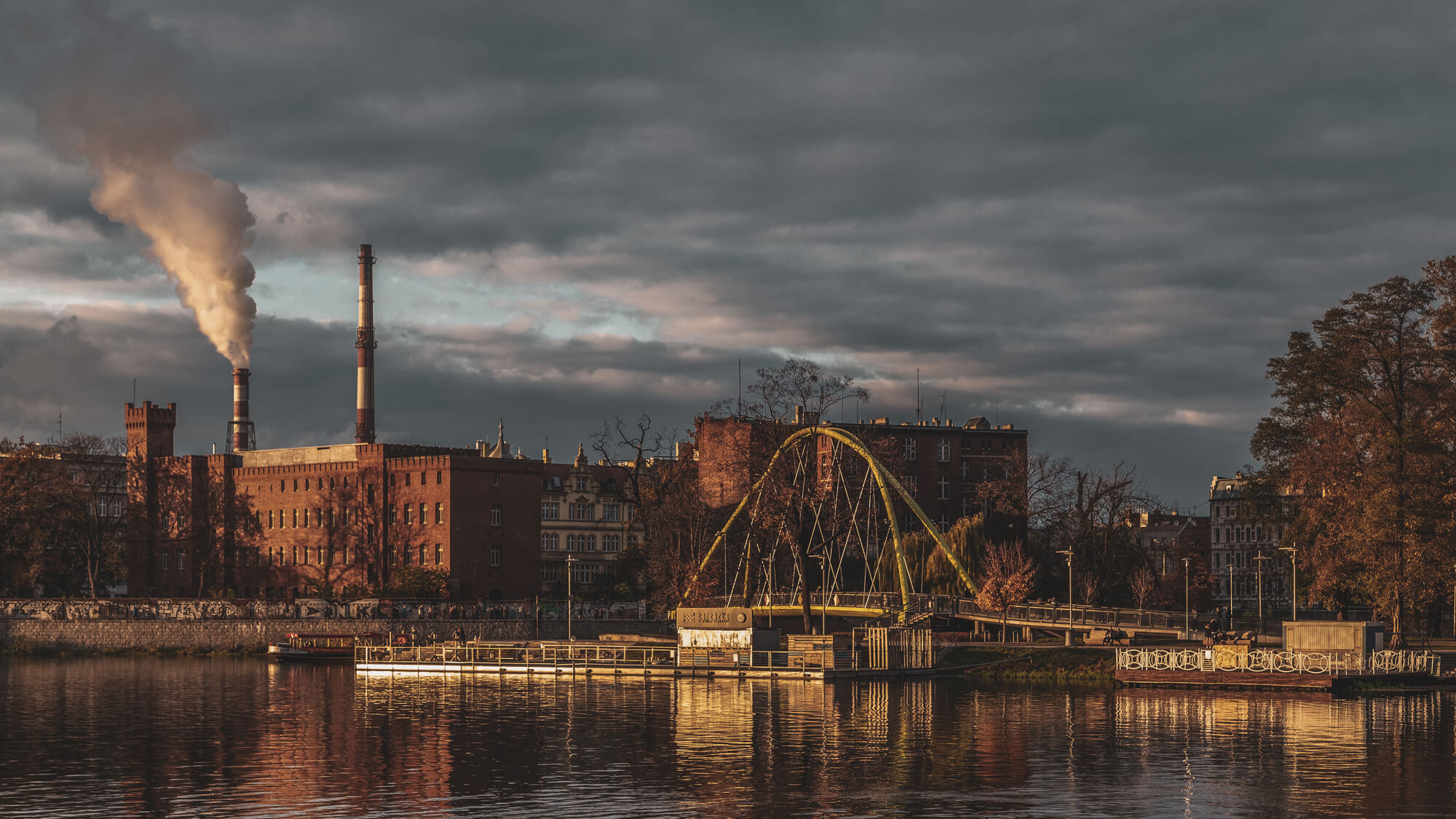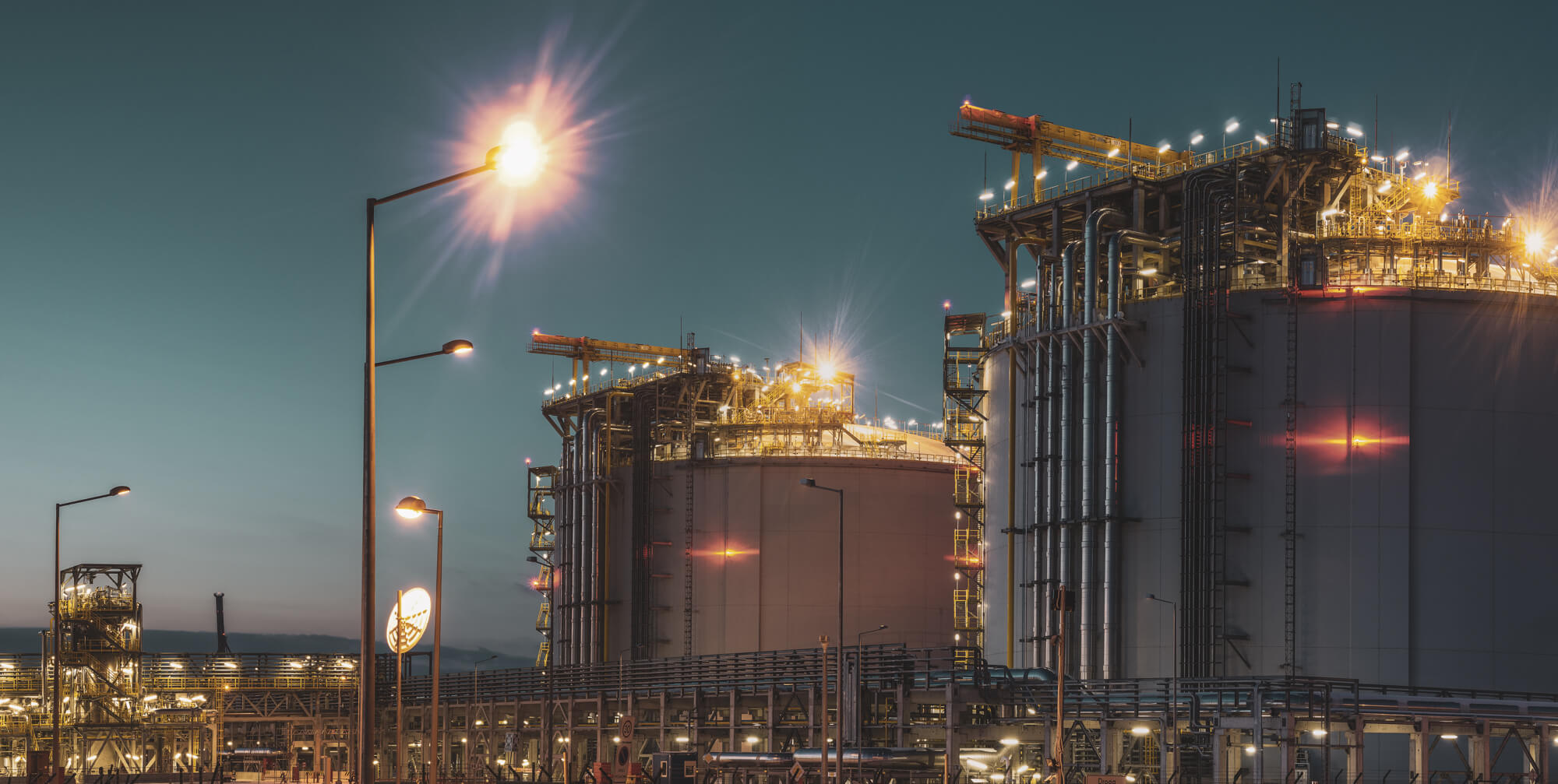Energy
For hundreds of years, humanity would to derive energy from biomass. The main material was fire wood. It was only the industrial revolution, begun in the 18th century, which required a much higher energy consumption, that changed it. Hard coal, which facilitates a dynamic development and industrialisation of countries capable of mining it, would gain importance. With steam machines and blast furnaces, production reaches an industrial scale.

The industrial revolution reaches Polish lands with some delay. In England, the first gas plant is established as early as in the 18th century; London lights up with gas lamps in 1807. Meanwhile, Cracow and Warsaw need to wait still half a century for that to happen. Poland, on the other hand, is the cradle of paraffin oil. In Lviv, in 1853, with a lamp built by Ignacy Łukasiewicz, the world’s first surgery with artificial light takes place. A year later, the world’s first paraffin oil drilling plant is established in Bóbrka.
With establishment of the first gas plants on the Polish lands, a rapid development of the gas engineering begins. Similar plants are established in other cities, municipal gas transmission networks are being intensely developed. End 19th century, gas is already used not only to light streets and houses, but also for heating and cooking purposes. Before the outbreak of WWI, there are 122 gas plants in operation in the territories soon to make the revived Poland.

Simultaneously, the Polish people are using paraffin lamps more and more, lamps that require no gas network connection. Poland becomes one of the pioneers of crude oil drilling, and the oil-rich Podkarpacie region becomes an oil power on a global scale. This is where many foreigners come to extend their distillation and drilling knowledge and skills.
Before the outbreak of WWI, in the territories of the Second Polish Republic to be, two new branches of energy sector come to exist – one based on electricity and the other powered by natural gas.
In the interwar period, hard coal remains the primary source of energy in Poland (at that time making about 50% of global energy balance), and gas – both coal and natural gas, which gradually begins to compete with it (in particular in oil filed areas). o, crude oil is being used more and more, additionally promoted by the use of a combustion engine, invented end 19th century, and development of motor vehicle transport.

Electric power industry is developing. The first electric power plants in Warsaw or Cracow are established at the beginning of the century. In 1918, there are as many as some 280 operative ones in Poland. Their total capacity is 210 MW, and their annual output – some 500 GWh. In the next two decades, these values increase several times – 3,198 electric power plants to the aggregate capacity of 1,668 MW generate 3,974 GWh in total. Individual plants, however, are not connected into a Poland-wide grid.
After WWII in the People’s Republic of Poland, just like within the entire Soviet Union controlled Eastern block, an intense, forced industrialisation takes place, as a consequence of which power consumption increases rapidly. Due to Poland’s natural resources, our energy industry is hard and brown-coal based. On the other hand, our hydrocarbon fuel share is lower than in other countries. In the 1950s and 1960s, a coal-based electrification of the country continues; also, a country-wide electric power system is being developed.

Coal gas has gradually been ousted. Electric power is being used for lighting purposes to a more and more extent, and for cooking and heating – natural gas. The last facilities producing coal gas in the territory of Poland operate until 1970s and 1980s.
A system of centrally planned economy, subordinated to the Soviet Union, results in an excessive energy consumption by the industry, which disregards artificially under-priced energy costs. Also, power wastage and wasteful exploitation of power cause a major degradation of natural environment.
Social and economic changes that took place in Poland after the fall of communism, as well as environmental and climate factors, lead to fundamental changes in the Polish energy sector. For 30 years now, share of coal in Polish energy balance has kept falling, on the other hand, hydrocarbon fuels have gained more and more importance. Also, in the last decade, renewable energy consumption (wind, water and solar) has increased.

While Poland has relatively large hard and brown coal resources, on the other hand, its hydrocarbon fuel resources are insufficient. Therefore it is essential to import natural gas and crude oil – to ensure Poland’s energy security by means of diversification of supplies. This has become of a particular importance in a situation of Russia’s aggressive gas blackmail. An example of that was the conflict with the Ukraine in 2009. To diversify supplies, an LNG terminal of Świnoujście was commissioned in 2015. Also, a Baltic Pipe is in construction, to connect Poland with gas deposits in the Norwegian Continental Shelf. Moreover, a nuclear power energy program has been resumed. It is planned that the first block of this type in Poland will have been built by 2033.

